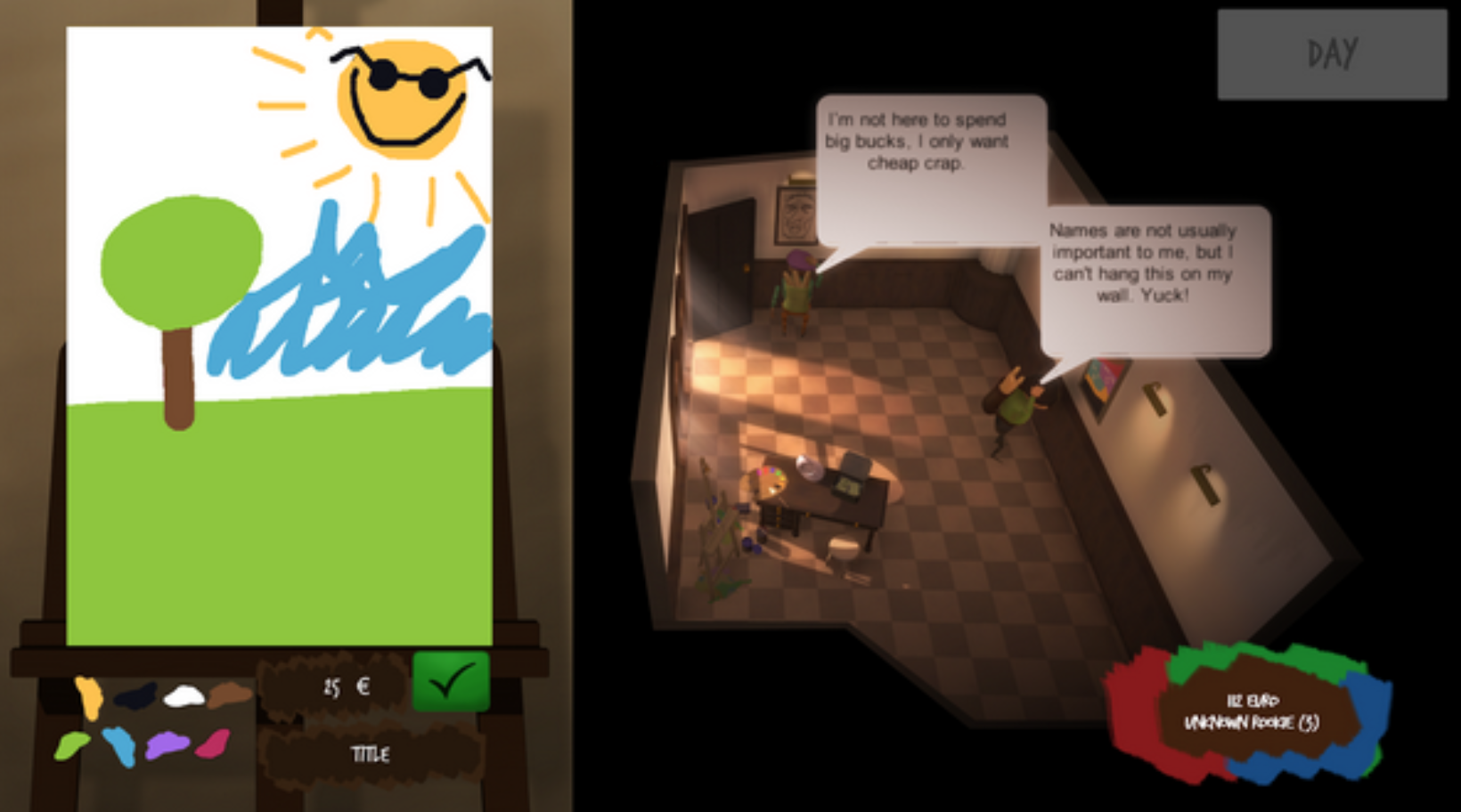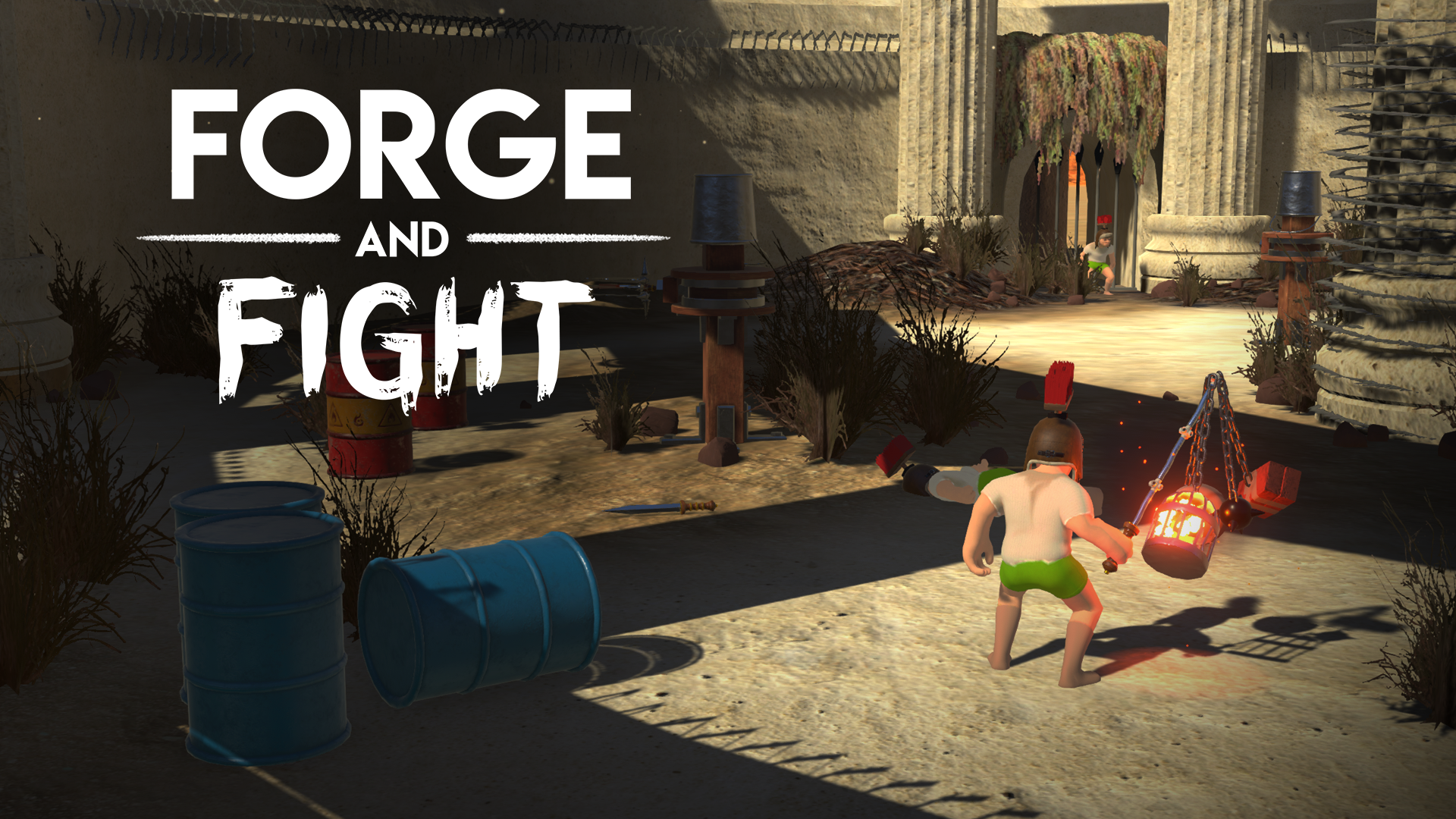Devlog#3 Prototyping and us, the Forge and Fight! experience 2
Welcome back! Last time we discussed pitching, voting and the five pillars we follow. Today we’ll be going into prototyping and how to realize a core game idea as efficiently as possible.
Prototyping
At this stage, we have an idea we’ve agreed on. Usually, this idea is still quite rough and everyone is not on the same page on where to take it. It’s important here to spend some time establishing the core and vision of the game idea. It’ll be the base for how and what you decide to prototype. It’s important to keep in mind that this prototype is developed to test viability which not only include gameplay test but also market potential.
We spend about 2-4 weeks developing the prototype. Time spent is directly related to how complex the core gameplay has to be for us to be able to convey what we want to do. If it takes longer than 4 weeks to develop it’s usually an indicator that either the core is too complex for us or that we haven’t been able to find an interesting core within the concept.

We believe that a too complex core as indicated by taking too much time in the prototyping phase is an indicator that making it into a full game would be too time-consuming. If you find yourself in such a situation you need to ask yourself if you’re prepared to invest the time needed to fully realize the project. There are no right answers here but for us, we never want to find ourselves in a huge costly project as it’s a risk for the company.
Finding the core can sometimes be straight forward and some times more tricky. The approach that’s worked best for us is to ask “In the game, what are you and what do you do?”. In Passpartout you’re a starving artist that draws and sell art to afford your expensive wine and baguette addiction. In Forge and Fight, you’re a blacksmith gladiator that forges weapons and fights with them.
Using the answers to this question as a base we can usually find the core game loop right in the text. For Passpartout we knew that we wanted to make a game where you’re a starving artist that creates and sells art. The loop is simple, create art and sell art. So the player needs to be able to draw art and customers need to be able to value and purchase that art. What the core also implies is that there’s a starving element to it, which can, of course, be interpreted in several ways. For us that means that there needs to be some sort of simple bill mechanic that you need to keep up with to survive, consisting of rent, wine, baguettes.
The whole valuation bit looks daunting at first but at this stage, you need to be clever in how you approach things. We used some really basic stupid rules for the prototype such as how long time you spent painting it and what name you gave it. This gives the impression that the prototype customers have different tastes in art when they’re in fact are quite arbitrary. Making it work properly is something reserved for the full game. Remember: the prototype is about faking, not actually making.
Now when you got the core and the basic mechanics laid out the final things to consider are art and sound. Now you may be thinking “Do we even need that? It’s just a prototype after all!”. If it was a prototype for internal testing I would probably agree. However, decent art and sound are crucial for us to succeed in the next step where we’ll be testing the market viability of the game.
What do we mean with decent art & sound? For us, it’s all working towards the end goal of creating an intriguing and engaging prototype. If art and sound is a part of achieving that we obviously need to include it. When creating Passpartout we really wanted to do a puppetry art style as we felt that was interesting and important for the character of the game. There was also a sort of artistic calmness we wanted to achieve which we created some sweet piano music for. It’s important to note that we didn’t create a huge bulk of assets for the project but rather kept it minimal. You just need enough to convey to the core feel of the game.
 Screenshot from the Passpartout prototype. It consists of a small minimalistic art gallery, two customer models reskinned into several alterations as well as some necessary UI art.
Screenshot from the Passpartout prototype. It consists of a small minimalistic art gallery, two customer models reskinned into several alterations as well as some necessary UI art.
Next up we’ll dive deeper into launching and evaluating the prototype as well as summarizing what we’ve learned through this entire journey. Stay tuned!
join us on discord Check our game on Steam
Get Forge and Fight
Forge and Fight
Create your own weapons and destroy your enemies!
| Status | Prototype |
| Author | Flamebait Games |
| Genre | Action, Fighting |
| Tags | build, Crafting, custom-weapons, flail, Sandbox, silly |
More posts
- Forge and Fight! Moves into Full Release Now🔥Dec 02, 2020
- 📣 Full Release Date Announcement!!Nov 18, 2020
- FORGE AND FIGHT IS OUT NOW IN EARLY ACCESS ON STEAMSep 17, 2020
- Devlog - Weapon Showcase #9 - Swiss Army Knife!Sep 16, 2020
- Devlog - One week to go!Sep 09, 2020
- Devlog - Weapon Showcase #8 - MinigunSep 02, 2020
- Early Access Gameplay Trailer + Release Date!!Sep 01, 2020
- Devlog - Weapon Showcase #7 - ShishparAug 26, 2020
- Devlog - Weapon Showcase #6Aug 19, 2020
- Devlog - Weapon Showcase #5Aug 12, 2020

Leave a comment
Log in with itch.io to leave a comment.